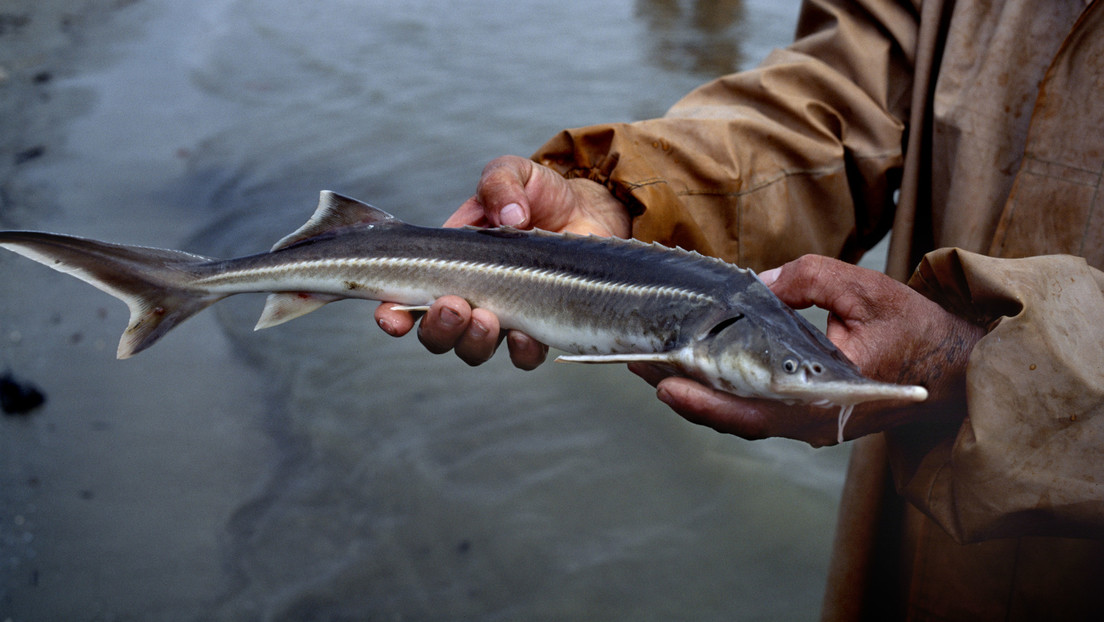It is not yet clear whether the flu spread to land with the first land vertebrates or more recently.
A group of Australian scientists concluded that the virus of the flu may have originated in fish having discovered, in one sturgeon, a distant relative of the infectious microorganisms responsible for seasonal and bird flu. The researchers, led by Mary Petrone, a virologist at the University of Sydney (Australia), explained that the largest family of viruses that includes influenza it probably originated hundreds of millions of years ago in aquatic animals and that the species that are part of it appear to be particularly adept at jumping from one organism to another. Analysis of the RNA of two coral species, previously collected by scientists at Australia’s Curtin University off the coast of Western Australia, has led to the discovery of evidence of infection by viruses belonging to an ancient group called Articulavirales, which is probably born about 600 million years ago, as explained in the journal Nature. These organisms later gave rise to other family members, including influenza and Quaranjaviruses, which circulate in ticks and occasionally pass to humans, birds and other vertebrates.
In 2018, researchers identified a distant relative of the‘flu in hagfish, slimy, jawless creatures descended from a primitive lineage of vertebrates, so the study authors suggested that influenza co-evolved with this subphylum of the god of heart. In carrying out the research, Petrone found influenza-related RNA sequences in genetic databases in samples of Siberian sturgeon, jawed vertebrates, which are more closely related to humans than hagfish. However, the sturgeon virus it had branched out of the main influenza family tree before any other known virus. This finding suggests that influenza may have infected aquatic animals, including fish, before moving to land, although it is unclear whether it infected aquatic animals. earliest terrestrial vertebrates or more recently. To find out, the researchers will need to look for flu relatives in more animals and better understand how the virus spreads between host species, which could help them identify viruses that have the potential to trigger new human epidemics.
